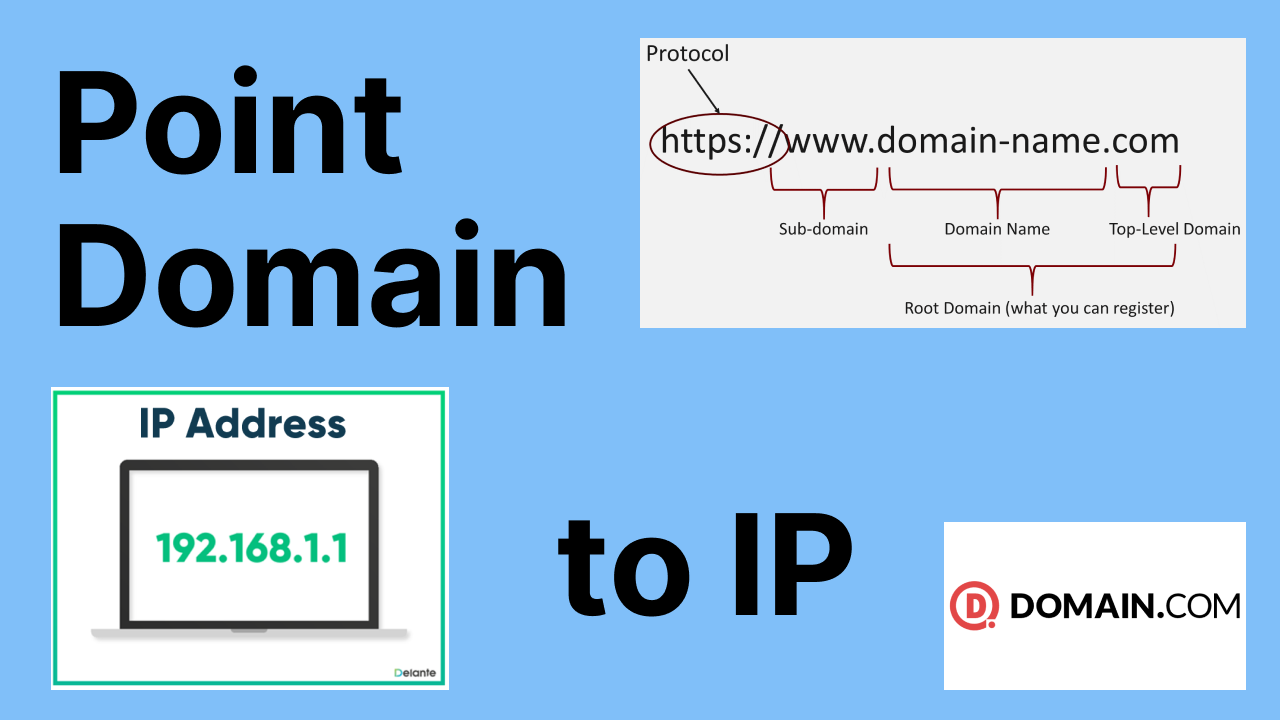Understanding Domain Name and IP Address
When it comes to navigating the vast world of the internet, two key components play a vital role in connecting users with websites – domain names and IP addresses. While both are essential in ensuring smooth communication between computers and servers, they serve different purposes and have their unique functions. Let’s delve deeper into the world of domain names and IP addresses to understand their significance.
What is a Domain Name?
A domain name is a human-readable address that helps users easily identify and access websites on the internet. It serves as a user-friendly way to locate websites and can be likened to a digital address. For example, www.example.com is a domain name that directs users to the website hosted on a specific server. Domain names consist of two main parts – the top-level domain (TLD) and the second-level domain (SLD). The TLD typically indicates the type of website or organization, while the SLD is the unique identifier chosen by the website owner.
What is an IP Address?
On the other hand, an IP address is a numerical label assigned to each device connected to a computer network that uses the Internet Protocol for communication. It serves as the technical counterpart to a domain name and is used to identify devices and servers on the internet. IP addresses are essential for ensuring data packets are routed to the correct destination on the network.
Relationship Between Domain Name and IP Address
While domain names are used for human convenience and ease of navigation, computers and servers communicate using IP addresses. When a user enters a domain name in a web browser, the Domain Name System (DNS) translates the domain name into the corresponding IP address of the server hosting the website. This process allows users to access websites without needing to remember complex strings of numbers.
Types of IP Addresses
There are two main types of IP addresses – IPv4 and IPv6. IPv4 addresses are 32-bit numerical addresses expressed in the format xxx.xxx.xxx.xxx, while IPv6 addresses are 128-bit addresses represented in hexadecimal format. With the growing number of internet-connected devices, IPv6 was introduced to address the depletion of available IPv4 addresses.
Importance of Domain Name and IP Address
Domain names and IP addresses play a crucial role in ensuring the smooth functioning of the internet. Domain names provide an easy way for users to access websites, while IP addresses enable the routing of data packets between devices and servers. Without domain names, users would have to memorize complex strings of numbers to visit websites, making the internet less user-friendly. Similarly, without IP addresses, devices would not be able to communicate with each other on the network.
Conclusion
In conclusion, domain names and IP addresses are fundamental components of the internet infrastructure that work together to ensure seamless communication between devices and servers. While domain names provide a user-friendly way to access websites, IP addresses serve as the technical backbone of the internet. Understanding the relationship between domain names and IP addresses is essential for navigating the digital landscape effectively.
